Advertisements
Advertisements
Question
The poem is full of images that come alive through skilful use of words. Describe
any two images that appeal to you the most, quoting the lines from the poem.
Solution
The poem ‘The Brook’ is full of images that come alive through skilful use of words. The first image that appeals to me the most is the one that recaptures its course before it joins the brimming river.
‘By thirty hills I hurry down.
Or slip between the ridges
By twenty thorpes, a little town,
And half a hundred bridges.
The noticeable feature is the pace of the lines. When the brook is in its infancy it passes through thirty hills and its movement is very quick. It hurries down. Then it passes through the narrow ridges and here it slips between them. Then the pace is a bit relaxed when it passes through twenty small hamlets or villages, a little town and under half a hundred bridges.
The second image is the ‘chattering’ quality of the brook. The river seems to be talking constantly in a friendly way to the things that obstruct its flow. After ‘chattering’ the brook prepares itself to join the brimming river. The image of‘brimming river’ brings into our minds a river which is full of water to its brim.
I chatter, chatter, as I flow
To join the brimming river ’.
APPEARS IN
RELATED QUESTIONS
Answer the following questions:
Bicker’ means ‘to quarrel’. Why does the poet use this word here?
Rain in the hills and rain in the desert present entirely different scenario. In the
hills it revitalises the greenery and freshens the vegetation; it waters the parched
land and relieves the thirsty and panting souls in the desert.
(i) This has been a year of scanty rains. Imagine how the rain would be welcomed
when it pours in the hills and in the desert after a long dry spell. Choose one such
place and describe
(a) What are you likely to see?
(b) What would happen to the rain water?
(c) What would be the scene before and after the rain?
(ii) How would you express rain as
Answer the following question.
Why did the poet go to the dentist? How could she have avoided it?
Read the following excerpts from newspapers on various environmental issues.
Ban the Bag
The Indus Valley Civilisation left beautifullycrafted pottery that speaks volumes of the advances its people made. After 3,000 years, if the ruins we leave behind are excavated, chances are only plastic bags would be dug up. It may sound like an exaggeration, but these bags are not biodegradable. Apart from causing emissions when these are manufactured, noxious fumes are released while these are being burnt or disposed off. So, be kind to Mother Earth the next time you go shopping for groceries, remember to carry a cloth bag with you.
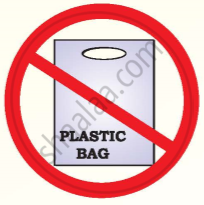
What India Should Do
India has released the National Action Plan on Climate Change. Is it adequate? Is there more that the country can do? Here are some ways how we can make a difference.
(a) SOLAR MISSION
1) To promote the use of solar energy through solar photovoltaic and thermal systems for power generation .
2) To integrate other renewable energy technologies like biomass and wind. 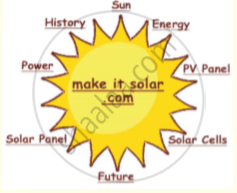
(b) ENERGY EFFICIENCY
1) To mitigate GHG through sector-specific and cross-cutting technology and fuel switch options.
2) To use more LNG and biomass fuels besides seeking tech transfer. 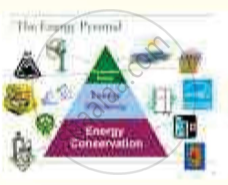
(c) SUSTAINABLE HABITAT
1) To promote energy efficiency in the residential and commercial sectors through LPG use.
2) To manage municipal solid waste and urban public transport in a better way. 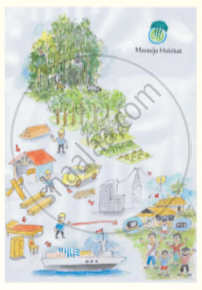
(d) WATER MISSION
1) To promote efficient water use, augment supply in critical areas and ensure effective management of water resources.
2) To have better management of surface and groundwater,and conserve wetlands. 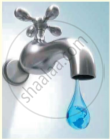
(e) SUSTAINING HIMALAYAS
1) To enhance monitoring and conservation of the Himalayan ecosystems, empower local communities for management of ecological resources and promote sustainable tourism. 
(f) GREEN INDIA
1) To reduce fragmentation of forests, enhance public and private investments for plantation, upscale joint forestry management and promote conservation of biodiversity. Need to afforest degraded lands.
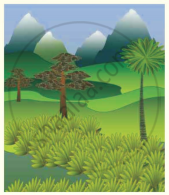
(g) SUSTAINABLE AGRICULTURE :
1) To focus on four crucial areas - dry land agriculture, risk management, access to information and promoting the use of biotechnology.
2) To develop drought and pest resistant varieties. 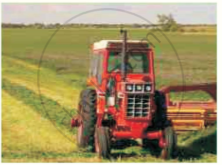
What is your opinion about 'Animals behind bars'? Share your views with the class.
Thinking about changes in Reported Speech.
Look at the cartoon and read the dialogue.
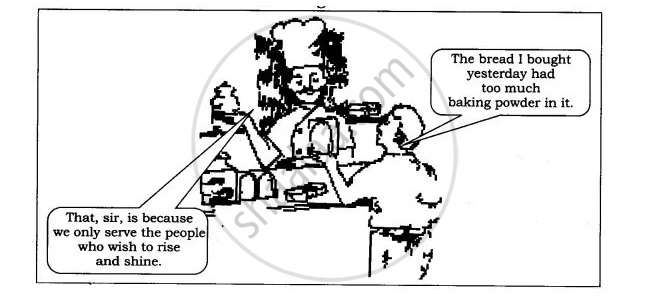
Now read the following paragraph, which reports what happened in the cartoon.
A customer walked into a bakery and complained that the bread he had bought the previous day had too much baking powder in it. The man at the counter told him that that was because they only served those people who wished to rise and shine.
Note the choice of tense in reported speech.
bought (simple past) → had bought (past perfect)
In the box below list the words that have been changed

List the two verbs of speaking that have been added.
- __________ that …..
- __________ that ….
What do the following phrases mean?
• We are the children
• There's a choice we're making.
We're saving our own lives ...
• Well, send them your heart
So they know that someone cares ...
• Change can only come
When we stand together
As one ...
Impressed by your performance on Sports Day, the Chief Guest (an omcial of the Sports Club of India) decides to offer you a sports scholarship. Write an email to a friend about your performance and the scholarship offered.
Verbs and Prepositions
Fill in the gaps with suitable prepositions
- You’re right. I agree __________ you.
- The conclusions are based __________ extensive research.
- He arrived __________ Delhi airport at 2 am and then arrived the city at 4 am.
- He angrily shouted __________ the pupil.
- “Remember the party!” she shouted __________ her friend.
- A differs __________ B in a number of ways.
- He applied __________ the teaching job but was turned down.
- She replied __________ his last letter.
- They apologized __________ breaking the vase.
- Do you believe __________ ghosts?
Adjectives and Prepositions
Look at the table below. Decide which of the adjectives in Column A commonly go with which preposition. Tick the table as shown. (There may be more then one tick for each adjective).
| A | at | to | about | for |
| worried |  |
 |
||
| good | ||||
| bad | ||||
| surprised | ||||
| happy | ||||
| sensitive | ||||
| puzzled | ||||
| married | ||||
| clever | ||||
| suitable | ||||
| curious | ||||
| due | ||||
| qualified | ||||
| famous |
